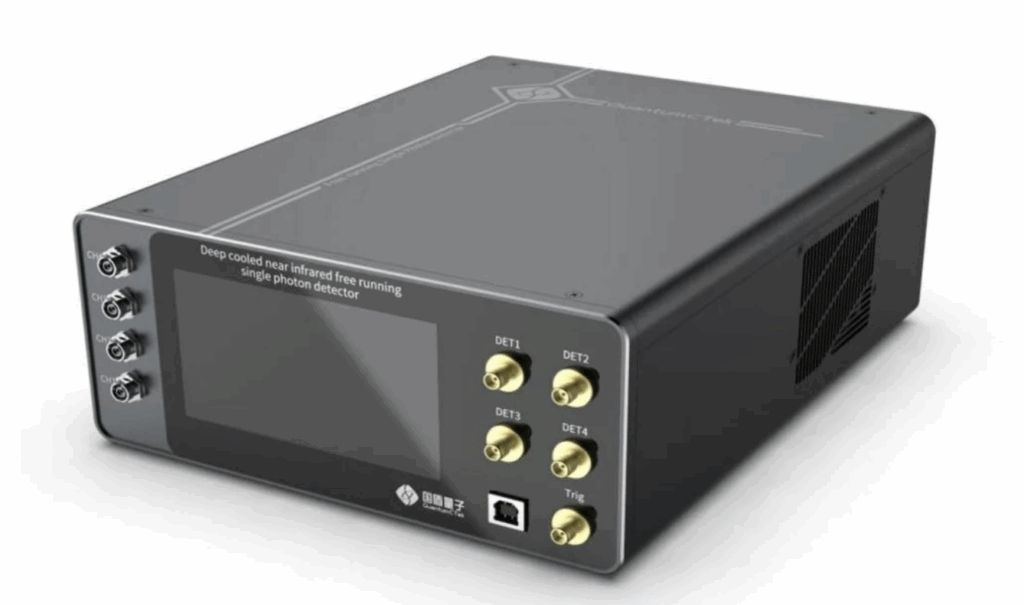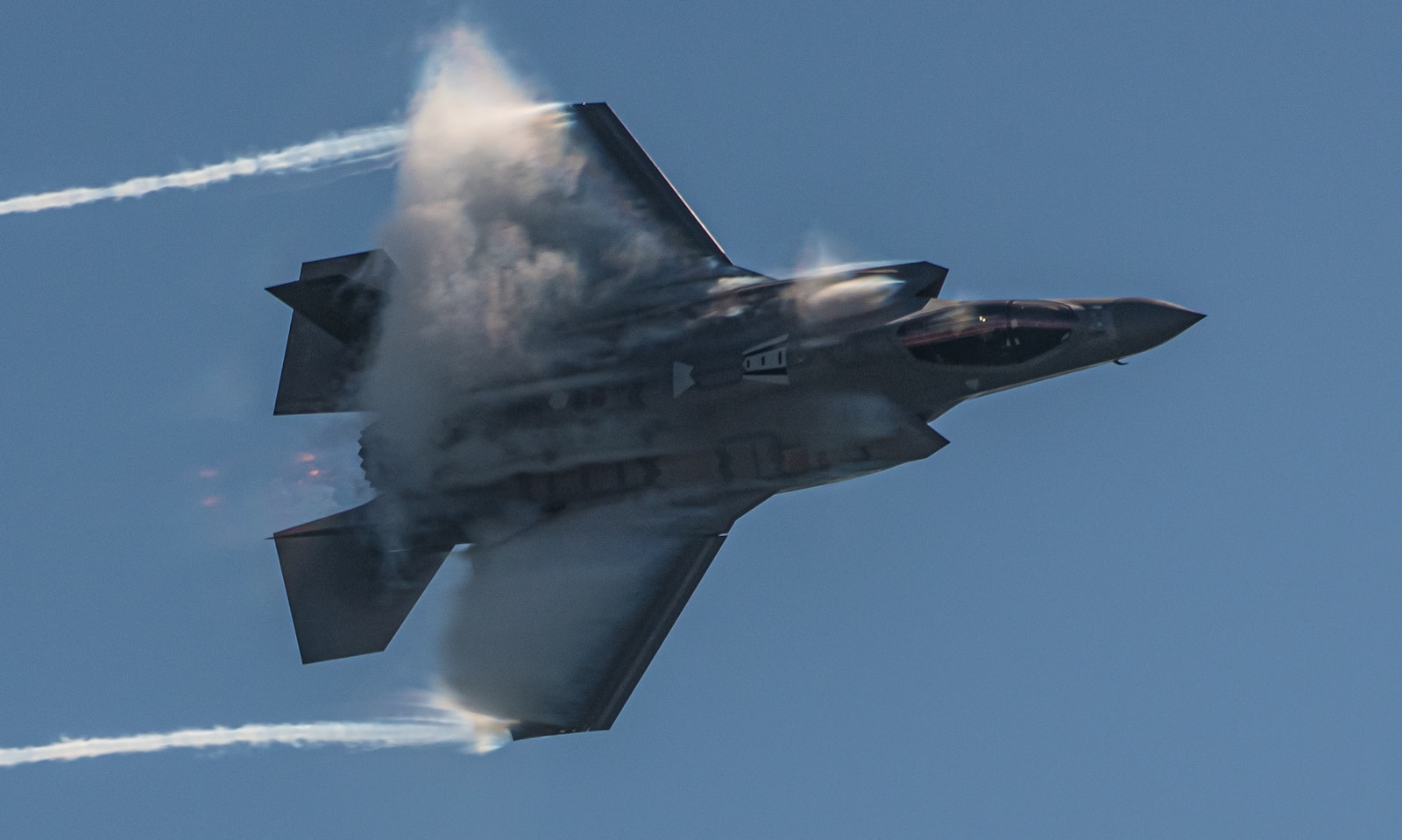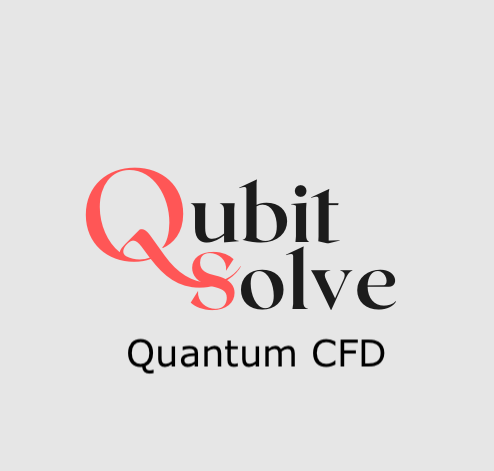Insider Brief
- Chinese researchers claim to have begun mass-producing a single-photon detector, a core component for quantum radar systems that could theoretically detect stealth aircraft.
- The device, developed at the Quantum Information Engineering Technology Research Center in Anhui province, is described as an ultra-low-noise, four-channel detector capable of isolating individual photons and resistant to electronic warfare interference.
- Defense experts caution that without live, validated trials demonstrating consistent detection under real-world conditions, China’s assertions of neutralizing American stealth technology remain speculative.
- Photo by Anna B. Meyer on Unsplash
Chinese researchers say they have begun mass-producing a “single-photon detector,” a development that could enable a so-called quantum radar system capable of tracking stealth aircraft, according to a report by the National Security Journal, which draws on claims published in China’s own Science and Technology Daily.
According to the National Security Journal, the device — described by Chinese scientists as an ultra-low noise, four-channel single-photon detector — has entered mass production at the Quantum Information Engineering Technology Research Center in Anhui province. According to the article, the device is characterized as the core component of a future quantum-radar network, potentially defeating stealth technologies reliant on radar-absorbent coatings or air-frame shaping, such as the tech that is used in current U.S. stealth aircraft.
In theory, quantum radar uses quantum-mechanical properties — such as the indivisibility of photons — to detect objects that conventional radar might miss. Traditional radar sends out electromagnetic waves and interprets their echoes. For this, stealth aircraft reduce that echo by absorbing or deflecting radar energy. Quantum radar, on the other hand, aims to send out specially prepared photons and detect the changes in quantum properties when they return from a target. Because of the so-called no-cloning theorem of quantum mechanics, counterfeit or spoofed returns cannot exactly replicate the original quantum state. The National Security Journal article points out that detecting a single photon is “absolutely required” for any quantum-radar or quantum-communication system to work.

According to the Chinese reporting cited in the article, the detector is dubbed the “photon catcher” and is reported to handle four channels of detection simultaneously, which suggests scalability and possibly use across networks.

The Science and Technology Daily article claims the development marks self-sufficiency and “international leadership” in the components of quantum information technology. If the detector’s performance and deployment match the claim, this could challenge the stealth capabilities of aircraft such as the U.S. F‑22 Raptor and F‑35 Lightning II, which rely on low radar-cross-section design, coatings and signature management.
One key reason this development matters is that, according to the National Security Journal, a quantum-radar system would theoretically be immune to many forms of electronic warfare and jamming. Conventional radar systems can be deceived or overwhelmed by jammers or spoofed signals; by contrast, a quantum radar would rely on the unique quantum state of each photon and its return. Any attempt to spoof the return would break the quantum correlation, making deception far more difficult. The article also reports that quantum radar can operate at lower emission power and remain less detectable itself, while still maintaining sensitivity—another tactical advantage.
However, the National Security Journal piece also stresses that despite the bold claims, independent verification is not available. Many technical questions remain: How far can this detector reliably work in real-world conditions? What range, resolution, and reliability does it deliver in operational environments? Previous studies of quantum radar have shown significant theoretical promise but also notable engineering hurdles.
Indian Defense News reports that U.S. Space Force experts underscored the ability to use the radar in simulated conditions may or may not translate to battlefield success. Until live trials confirm consistent detection of stealth aircraft under realistic and complex conditions, China’s assertions of nullifying American stealth capabilities remain speculative, the defense experts report.

















